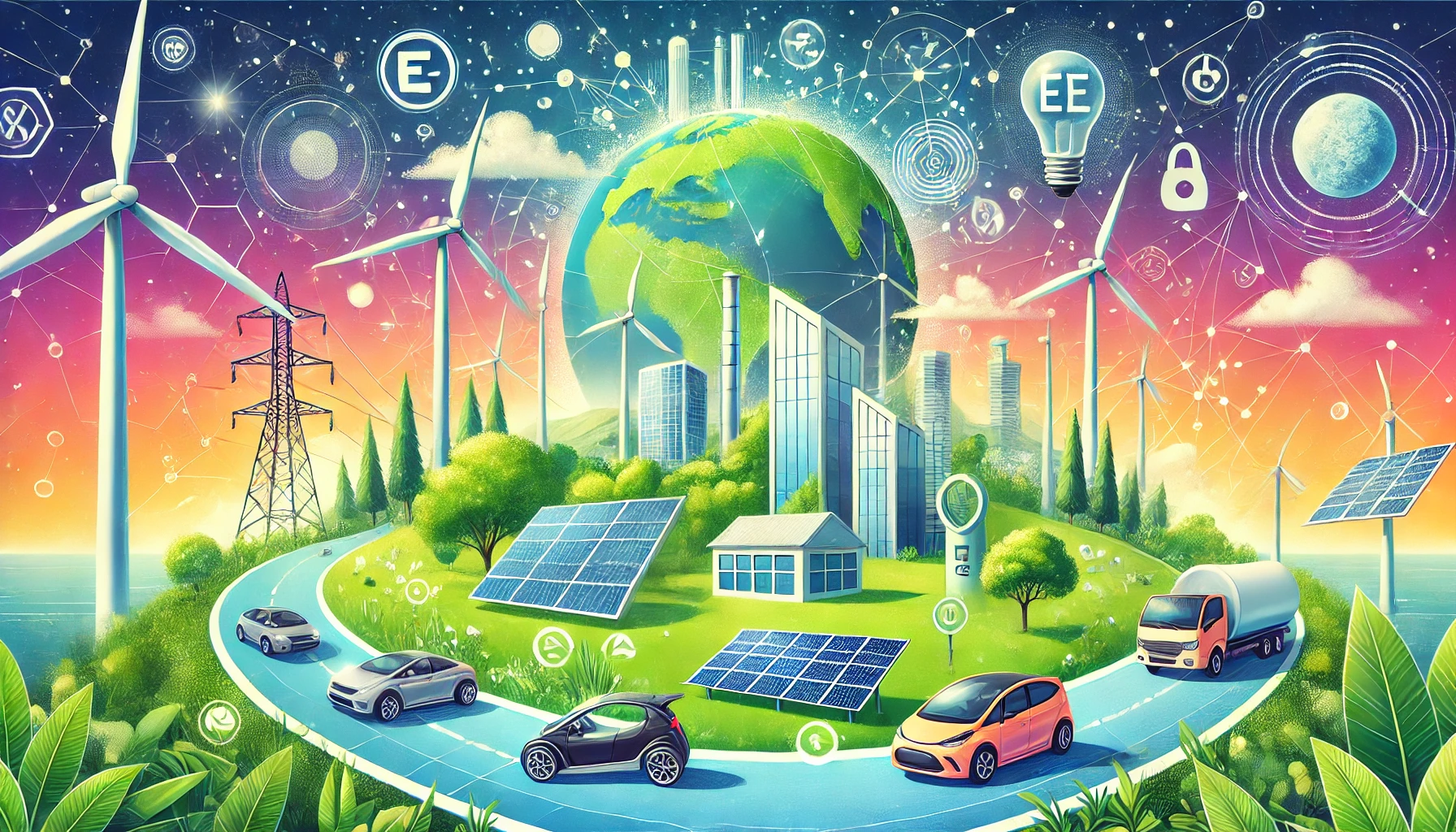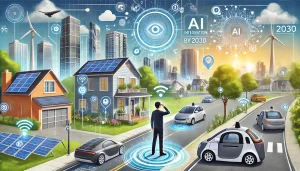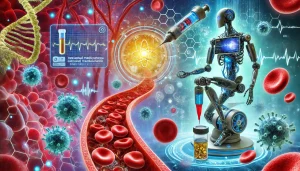Nanotechnology, the science that manipulates materials on a nanoscale, has revolutionized medicine by offering more precise diagnostics and more effective treatments. By operating on a molecular scale, nanotechnology enables interventions directly in cells, transforming the way we deal with various diseases.
One of the most significant advances is targeted drug delivery. Nanoparticles designed to reach specific cells reduce side effects and increase the effectiveness of treatments, especially in cancer therapies. In addition, nanosensors have been used to detect diseases in early stages, improving the chances of a cure.
This transformative impact goes beyond treatments. Nanotechnology is being integrated into medical devices such as prosthetics and implants, making them more durable, lightweight, and biocompatible. These advances promise to redefine medical practice in the coming years.
Advances in Nanotechnology: A Revolution in Health
Advances in nanotechnology have led to disruptive innovations in the field of health. In oncology, gold nanoparticles are being used to perform photothermal therapies, which destroy cancer cells without affecting healthy tissues. This minimally invasive method has shown promising results in clinical trials.
Another innovation is the use of nanorobots. These microscopic devices can perform precise procedures inside the body, such as removing arterial plaques and repairing damaged tissues. This technology reduces the need for invasive surgeries, speeding up patient recovery.
In addition, nanomaterials are being explored to develop more effective vaccines. By using nanoparticles as adjuvants, immune responses can be enhanced, offering stronger protection against emerging diseases.
How Nanotechnology Is Redefining Diagnostics and Treatments
Advancements in nanotechnology are significantly transforming diagnostics and treatments. In diagnostics, nanosensors are being integrated with imaging techniques to provide detailed information about the human body. For example, nanoparticle-based contrast agents offer clearer images in magnetic resonance imaging, facilitating tumor identification.
In the field of therapies, nanocapsules have revolutionized drug delivery. These structures transport drugs directly to target cells, reducing damage to healthy tissues. In neurodegenerative diseases, such as Alzheimer's, these capsules are helping overcome the blood-brain barrier, allowing medications to reach the brain more effectively.
Furthermore, nanofibers are being used in tissue engineering to regenerate organs and treat complex wounds. These advancements have the potential to drastically change patients' health outcomes.
Nanotechnological Innovations in the Medical Field
Several nanotechnological innovations are reshaping the field of medicine. Among the most notable is the creation of nanocomposite materials for prostheses and implants. These materials are lighter, stronger, and biocompatible, increasing durability and reducing the chances of rejection.
Another area of focus is regenerative medicine. Nanotechnology is being used to create scaffolds that assist in tissue and organ regeneration. These scaffolds mimic the body's natural environment, promoting healing and cellular reconstruction.
Other solutions include electric mobility. Electric vehicles, buses, and even shared bicycles are transforming urban transportation. The electrification of public transportation and logistics fleets also contributes significantly to emissions reduction.
The Future of Sustainability: Technologies Against Climate Change
Sustainability is becoming a central pillar in various industries, driven by technological innovations. Circular economy models, for example, are transforming the way products are manufactured, consumed, and disposed of. Companies are developing recyclable materials and creating more efficient supply chains.
In agriculture, the integration of technology with traditional practices promises to increase productivity and reduce environmental impact. Sensors, drones, and artificial intelligence help monitor water and fertilizer usage, while methods like vertical farming maximize production in smaller areas.
In the construction sector, smart buildings equipped with energy-efficient systems and integrated solar panels are becoming common. These projects not only consume less energy but also help generate electricity, reducing dependence on external sources.
Reducing Climate Impact: Advances in Science and Technology
Technological advancements are enabling governments, companies, and individuals to significantly reduce their climate impact. Tools like blockchain are being used to track supply chains, ensuring sustainable practices and reducing waste.
Carbon capture is also advancing with ambitious projects. Initiatives such as artificial forests and direct air capture (DAC) stations have the potential to remove large amounts of CO₂ from the atmosphere, complementing mitigation efforts.
Other areas of innovation include decarbonizing heavy industry. Technologies such as electric furnaces and eco-friendly substitutes for cement are helping highly polluting sectors reduce their emissions.
Innovations that Transform the Fight Against Climate Change
Fighting climate change relies on a combination of technological innovations and cultural changes. Startups and large corporations are investing in disruptive technologies, such as bioplastics and plant-based substitutes for animal-derived foods, which reduce the environmental impact of food production.
Furthermore, education and awareness play a crucial role. Digital technologies are being used to engage communities and promote behavior changes, from energy use to consumption practices.
The future of combating climate change is being shaped by integrated solutions that consider social, economic, and environmental aspects. Global collaboration will be essential to achieve ambitious climate goals.
Conclusion
Technologies to combat climate change are advancing rapidly, offering hope to mitigate its impacts. However, their effectiveness depends on widespread and coordinated implementation, effective public policies, and engagement from all sectors of society.
With joint efforts, it is possible to tackle the challenges of global warming and build a more sustainable future. Technological innovation, combined with collective action, is the key to overcoming this global crisis.
FAQ
1. What is carbon capture and storage (CCS)?
It is a technology that captures CO₂ emitted by industrial sources and stores it in geological formations, avoiding its release into the atmosphere.
2. How does electric mobility contribute to combating climate change?
It reduces greenhouse gas emissions associated with transportation by replacing vehicles powered by fossil fuels.
3. What is precision agriculture?
It is the use of technologies such as sensors and drones to monitor and manage crops efficiently, reducing waste and emissions.
4. Are renewable energies sufficient to replace fossil fuels?
Combined with storage technologies and smart grids, renewable energies have the potential to replace fossil fuels on a large scale.
5. Which sectors benefit the most from climate technologies?
Energy, agriculture, transportation, and construction are some of the sectors that benefit the most, but all sectors have the potential to reduce climate impact with the right technologies.




